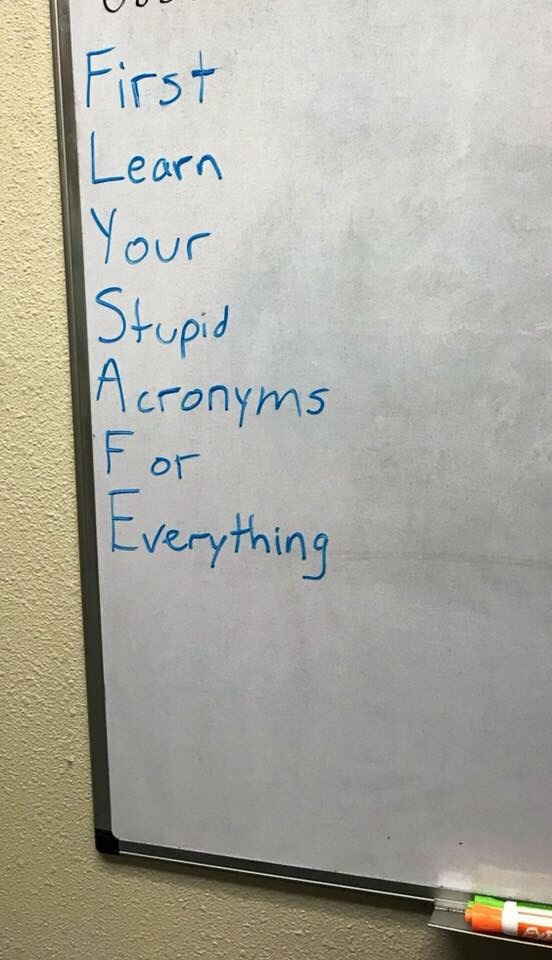I’ve developed a habit over the past couple of years that I be sure to perform before every takeoff. Just after my run up is complete, I’ll brief myself the plan of action that I’ll take if I have an engine failure during the takeoff roll, just after liftoff and above 1,000’. It goes something like this,
‘If I experience an engine failure during the takeoff roll, I’ll pull the power to idle and brake straight ahead.’
‘If I experience an engine failure just after takeoff and no usable runway is available, I have 30deg left and 30deg right to execute a forced landing.’
‘If I experience an engine failure above 1,000’ and a 90deg turn back can safely be made for the departure runway, I’ll fly Best Glide if necessary and/or practicable and make the runway.’
I’m sure some of this sounds a bit corny, but I feel like having it all at the back of your mind and ready and being familiar with the terrain around the airport, is crucial to making a safe outcome if something were to go haywire. Often times I’ll also tell myself just as I break ground that the engine is going to quit and be ready. An engine failure just after takeoff is one of the scenarios that I caution against the most. I always approach each flight as though something is going to go wrong and then just be happy when it doesn’t.
Anyone else have any pre-takeoff rituals that they go through? Pat the spinner? Light a stogie? Drink a beer? Or brief your takeoff?
‘If I experience an engine failure during the takeoff roll, I’ll pull the power to idle and brake straight ahead.’
‘If I experience an engine failure just after takeoff and no usable runway is available, I have 30deg left and 30deg right to execute a forced landing.’
‘If I experience an engine failure above 1,000’ and a 90deg turn back can safely be made for the departure runway, I’ll fly Best Glide if necessary and/or practicable and make the runway.’
I’m sure some of this sounds a bit corny, but I feel like having it all at the back of your mind and ready and being familiar with the terrain around the airport, is crucial to making a safe outcome if something were to go haywire. Often times I’ll also tell myself just as I break ground that the engine is going to quit and be ready. An engine failure just after takeoff is one of the scenarios that I caution against the most. I always approach each flight as though something is going to go wrong and then just be happy when it doesn’t.
Anyone else have any pre-takeoff rituals that they go through? Pat the spinner? Light a stogie? Drink a beer? Or brief your takeoff?
Last edited:

